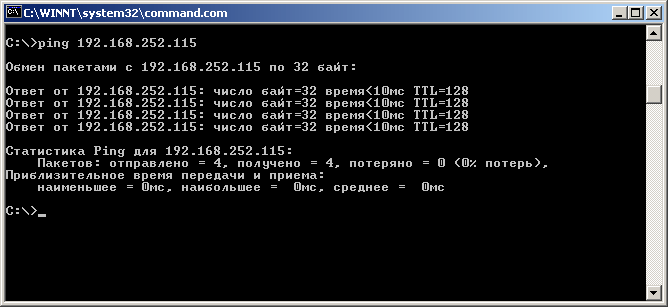What Utilities Should You Use for Network Diagnostics?
When working with a computer network, it’s crucial to have reliable utilities in your arsenal for diagnosing its state. They will help you quickly identify and resolve problems, ensuring stable network operation. In this article, we will look at several useful utilities for network diagnostics.
1. Ping
Ping is one of the most basic utilities for network diagnostics. It allows you to check the availability of a node on the network, as well as measure the host’s response time. To use the Ping utility, enter the command ping [IP-address] in the command line.
2. Traceroute
Traceroute is a utility that allows you to track the path of data packets from your node to a remote host. It will help identify the location of delays in the network. To run the Traceroute utility, enter the command tracert [domain_name] in the command line.
3. Netstat
Netstat is a utility that allows you to view network connections on your computer. With this utility, you can find out which ports are open, which connections are established, and much more. To run the Netstat utility, enter the command netstat -a in the command line.
4. Nmap
Nmap is a powerful utility for network scanning. It allows you to scan ports on a remote host, identify services running on those ports, and much more. To use the Nmap utility, enter the command nmap [IP-address] in the command line.
5. Wireshark
Wireshark is a utility for analyzing network traffic. With it, you can view and analyze data packets sent and received by your computer. To run the Wireshark utility, enter the command wireshark.
Conclusion
Using network diagnostic utilities will help you quickly identify and resolve problems, ensuring the stable operation of your network. Be careful and don’t forget to check the network status regularly.





![Cómo configurar el backup automático de tu VDS en... [Guía Paso a Paso]](https://valebyte.com/blog/wp-content/uploads/2025/11/leonardo_3b4910a9-300x169.jpg)